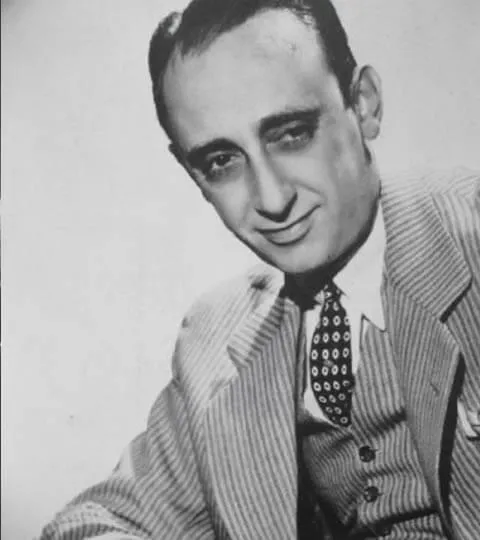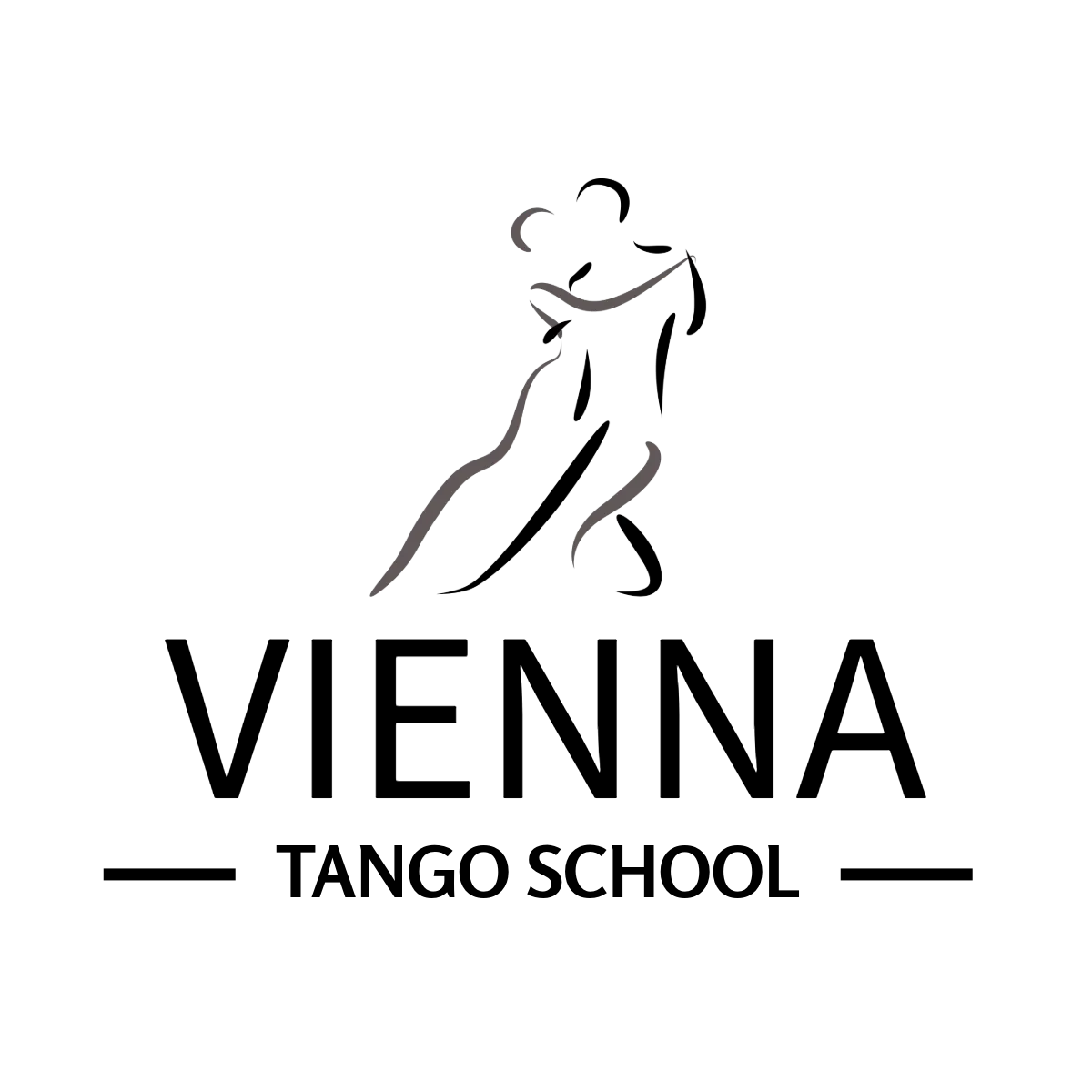
Juan D’Arienzo - El Rey del Compás
[Photo Credit: El Recodo Tango]
Before there was Golden Age glamor, there was rhythm. And no one delivered it with more punch, precision, and personality than Juan D'Arienzo. His music brought dancers back to the floor — and kept them there.
🥁 Who was Juan D’Arienzo and what made him different?
In the early 1930s, tango was drifting into the realm of slow, sentimental music better suited for listening than dancing. Then came Juan D’Arienzo, a thirtysomething violinist with a sharp ear for rhythm and a fierce opinion: tango was meant to be danced.
With his orchestra, he brought the beat back. Known as El Rey del Compás (The King of Rhythm), D’Arienzo’s music was energetic, clipped, and propulsive. His hallmark was the strong marcato rhythm — violins played with staccato precision, the bandoneóns punched in tight unison, and everything drove dancers forward.
He modernized tango without losing its street energy. His arrangements were simple but punchy, emphasizing timing and feel over complexity. And in an era when vocals were taking center stage, D’Arienzo flipped the script: he often pushed the vocals later in the song or minimized them altogether to make sure the beat stayed king.
D’Arienzo’s approach wasn’t just popular — it was contagious. His rhythmic revival influenced other orchestras across the city. Whether or not they changed their style completely, many bandleaders began to write arrangements with dancers in mind again, restoring a sense of urgency, clarity, and physical connection to their music. His success reminded everyone that tango lived not just in the music, but in the movement it inspired.
🎶 What’s the D’Arienzo sound?
If you’ve ever danced to D’Arienzo, you know: it’s like tango with an electric current. His early orchestra (especially with pianist Rodolfo Biagi) had a machine-like drive — but one that swung. Perfect for the Milonga, his music made it nearly impossible to sit down.
Even when he slowed things down in later decades, he never lost that tight rhythmic control. Dancers love him for clarity, energy, and the kind of musical tension that pulls you into the ronda.
🎤 Who did he work with?
D’Arienzo cycled through many vocalists, but his most iconic collaborations include:
Alberto Echagüe – Perhaps the best-known voice of D’Arienzo. Cheeky, expressive, and full of character.
Héctor Mauré – A bit more dramatic, adding weight and range to D’Arienzo’s punchy style.
Armando Laborde – Known for his strength and stage presence — a natural fit for D’Arienzo’s driving sound.
While singers were important, D’Arienzo never let vocals overshadow the danceable beat. He was a conductor who made every part of the orchestra count.
💿 What should I dance to if I want to feel D'Arienzo?
Try: Paciencia, Nada más, or El flete.
Start with his 1930s work with Biagi for raw energy, or dip into his 1940s tandas for a slightly more refined, but still heartbeat-raising experience.
Stay tuned as we spotlight more orchestras each month — the legends, the drama, and the sounds that keep us moving.
This post was brought to you by a mix of tango nerdery, insights from Horacio Godoy's musicality classes, late-night tanda debates, and a generous assist from ChatGPT (because let’s be honest, no one writes this stuff solo anymore).


